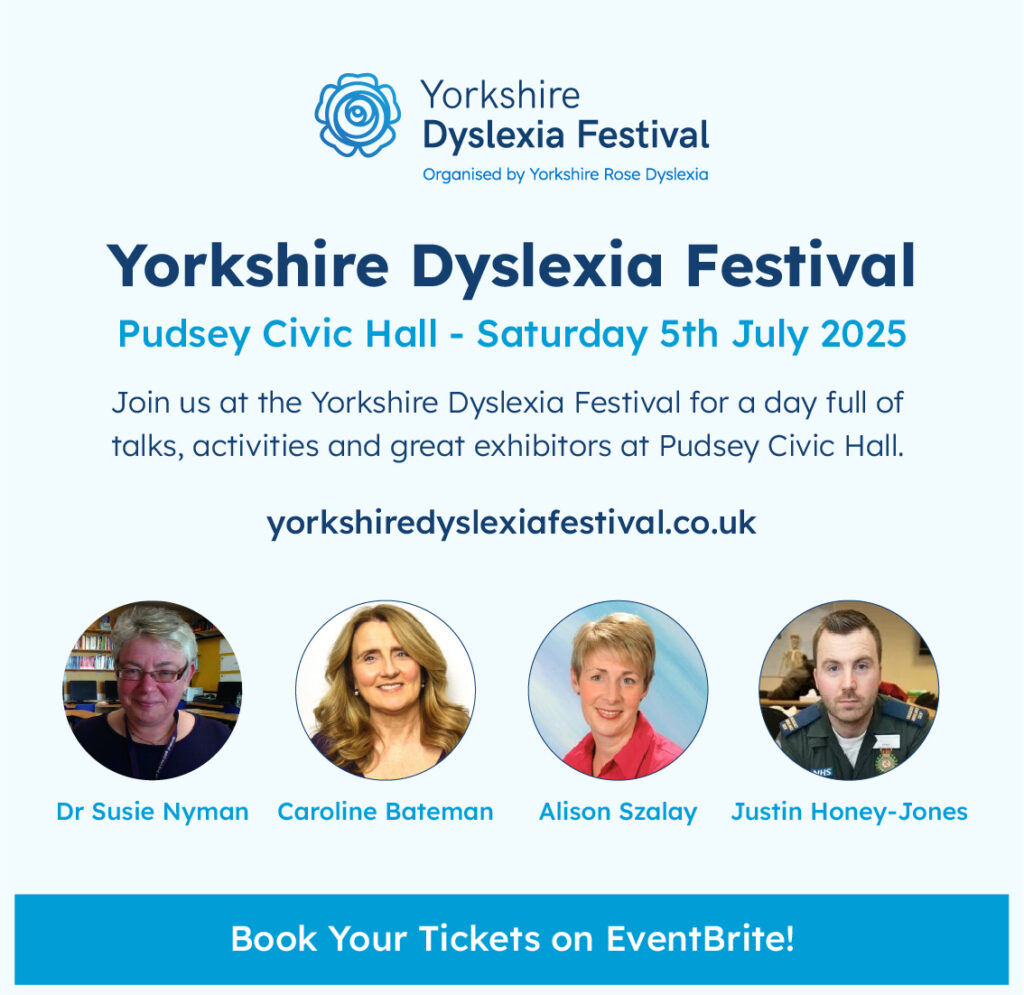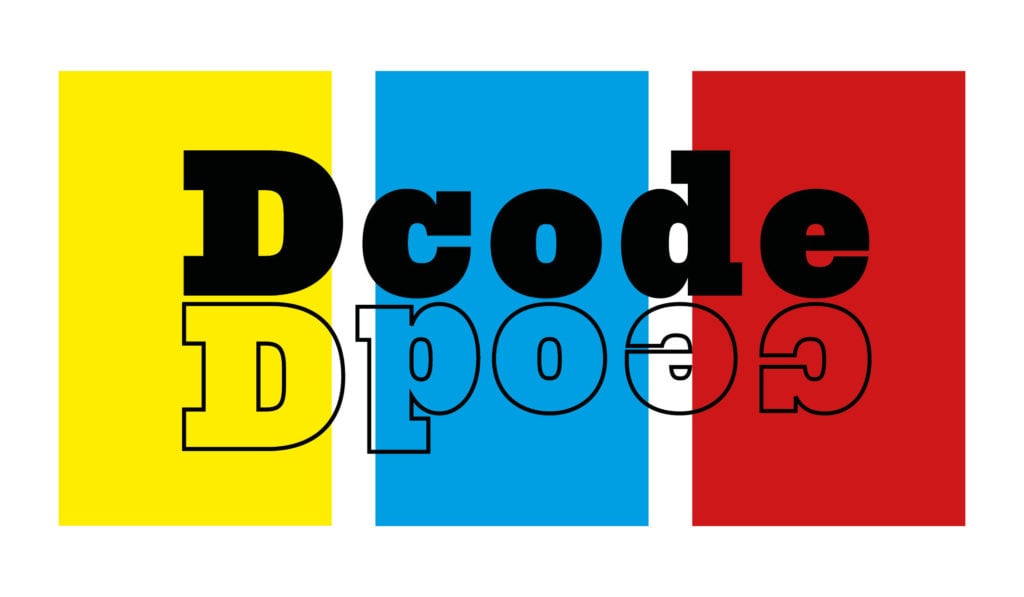
Beating Blends! Dcode Book 2
The science of reading has reshaped our understanding of how children learn to read, highlighting the effectiveness of structured literacy in developing strong, confident readers. For too long, misconceptions about reading instruction have led to approaches that overlook the fundamental need for explicit phonics teaching. But when parents, teachers, and school leaders embrace evidence-based methods—grounded in decoding, phonemic awareness, and systematic instruction—every child has the opportunity to thrive. Beyond awareness, parents and teachers need practical guidance, training, and ongoing support to ensure they can implement these strategies effectively in classrooms and homes.
Building on the foundational skills established in Dcode Book 1, the second book, i.e. Dcode Book 2, Blends, introduces essential phonological components that are critical for early reading development. Specifically, students are guided through the recognition and application of consonant blends at both the initial and final positions of words. These blends—such as /bl/ in ‘blend‘ or /st/ in ‘stop‘—require explicit instruction, as they involve processing multiple phonemes within a single syllable. Mastering these phonetic structures enhances decoding efficiency, a key predictor of reading fluency.
In addition to blends, this book includes dedicated instruction on digraphs and trigraphs, which play a crucial role in orthographic mapping—the process by which students form lasting connections between sounds and letter patterns. Digraphs, such as /sh/ in ‘wish‘, combine two letters to represent a single sound, reinforcing the concept that letters function in patterns rather than isolated units. Similarly, trigraphs, like /tch/ in ‘catch‘, introduce students to more complex sound-spelling correspondences that strengthen their phonemic awareness.
The integration of structured literacy principles ensures that students engage in structured, systematic, explicit instruction that supports their reading acquisition. The accompanying drill cards serve as an essential tool for reinforcing these concepts through multisensory learning—repeated exposure, verbal articulation, and visual recognition. Structured literacy approaches emphasize cumulative practice, allowing students to solidify their understanding of these phonetic elements over time.
Research in the science of reading has demonstrated that direct phonics instruction, particularly in early primary years, significantly improves word recognition, spelling, and reading comprehension. By incorporating a sequence that builds progressively from simple to complex phonological structures, this book aligns with evidence-based practices that support literacy development in young learners.
Follow Mary on Instagram at https://www.instagram.com/dcodedyslexia/



Introducing DCode
A simple and effective reading programme for parents and teachers of struggling students.
Other Posts
We developed the DCode system to help parents, teachers, and struggling readers. We also provide free to access resources that explain details relating to struggling readers, feel free to take a look!


